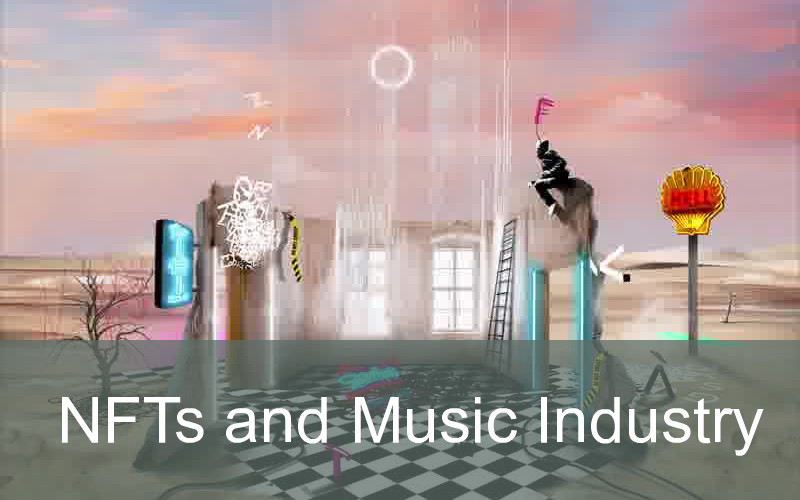Non-fungible tokens (NFTs) have been around for some time now and are still an integral part of the digital economy. After the initial surge of hype some time ago, they started being used in various ways, especially in the music industry. On April 5th, the DJ, producer, and eco-warrior BLOND:ISH announced a new NFT project: a gateway to unlocking physical copies of her new album on vinyl record.
These records can decompose in any environment, including ocean beds, as they are made from “naturally occurring bacteria” instead of the usual PVC material. Vinyl records are usually bonded with polyvinyl chloride, a material that releases twelve times the amount of greenhouse emissions as these eco-friendly ones.
In the past, NFTs have been used by artists to release their albums, boost streaming music, and even serve as a bridge to physical content like in BLOND:ISH’s case. A landmark in the music industry was Muse’s release last August – the first ever NFT album to be chart-eligible. Other notable musicians, like Snoop Dogg, have also made use of NFTs in their music.
Given the current landscape of the industry, there has even been speculation of a new genre of music rising, one that integrates token-eligible playlists and authentication by NFTs. Sony Music has already tried to lock their trademark application in September 2022 so they could potentially pursue NFT-authenticated music. Spotify also tested a new Web3 wallet integration last month, pushing further boundaries in the space.
All these developments, no doubt, would have sparked an interesting conversation with the one and only Andy Warhol – a huge supporter of art and technology. He sure would have had his own take on NFTs, to hate or to love them.
 Nicole Gomez
Nicole Gomez
- 2023-04-05
Get to Know NFTs and Their Use in Music
NFTs have been around for some time now, and their use in the music industry has been seen in trends, from BLOND:ISH’s vinyl record project to Muse’s first ever NFT album to be chart-eligible. Learn more here.

